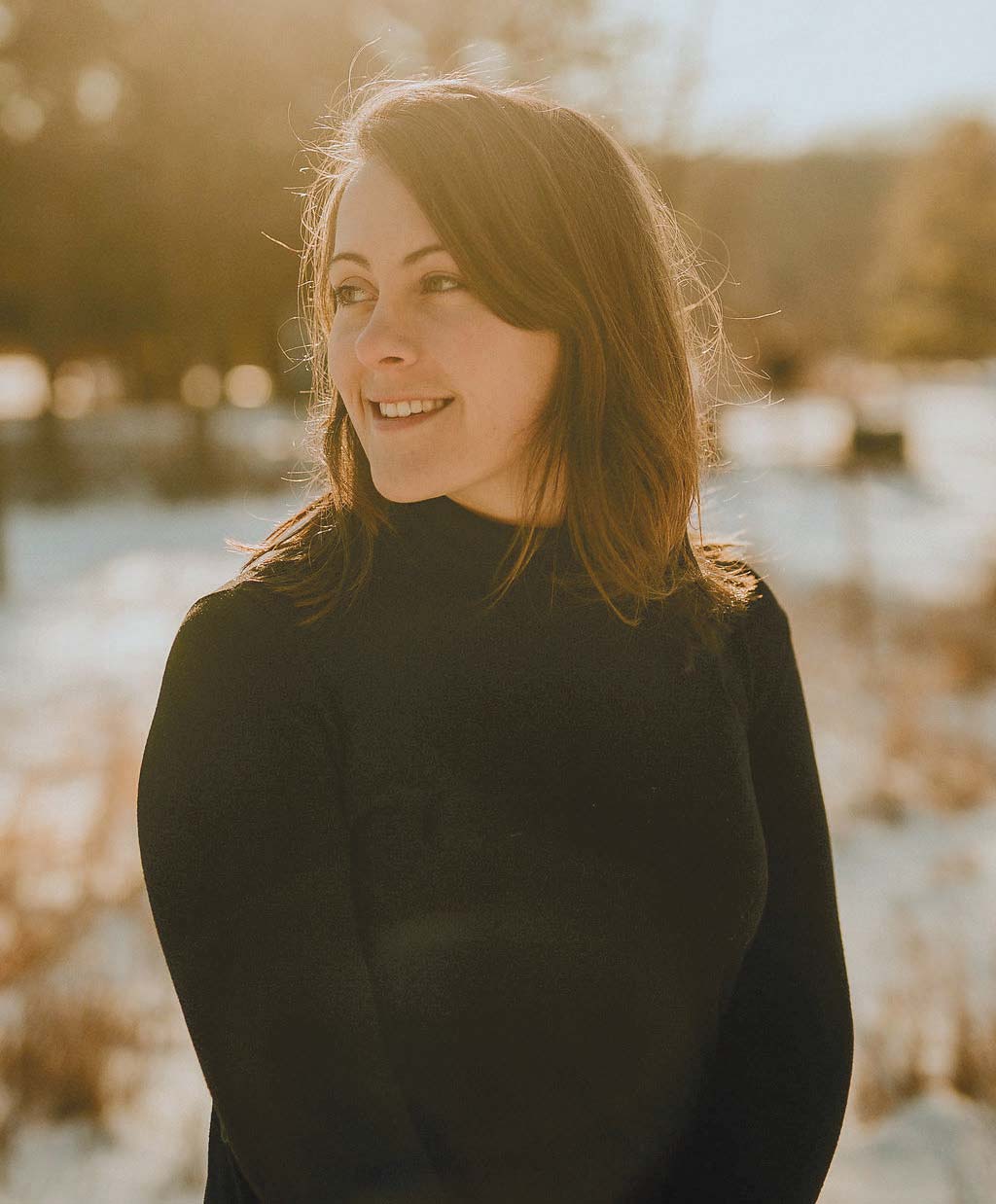Keeping the Bloom All Year Long

This dried flower bouquet is made of a combination of cultivated, native and invasive plants that were gathered and foraged from private lands with permission. The native plants are cattails and cedar. The invasive plants used are teasel and phragmites grass. The dried broomcorn was cultivated by RAM Acres (Hortonville, WI). Photo by Casey Hurley
You can have it all in today’s wedding industry. Tulips from the Netherlands, eucalyptus from Australia, and just about any other flower of your choice can be flown in for your big day. But as any eco-conscious consumer would tell you, this really isn’t sustainable.
“I’ve evolved as a business owner,” says Tressa Campbell of Herb & Blossom in the Fox Valley. “I used to source flowers and buy wholesale as needed, but now I only use local flowers.”
Herb & Blossom, an eco-friendly floral design company, emerged from Campbell’s own wedding. With a background in horticulture and environmental studies, her path seemed to unfold naturally.
“Friends began asking me to help with their wedding flowers and I discovered a deep love for this work as a designer,” says Campbell. “I saw an opportunity to do something different in Appleton by limiting my sourcing to only local growers. I met some of these farmers at the Farmer’s Market and others through the Wisconsin Flower Growers School.”
There are tons of beautiful flowers locally grown in the Fox Valley’s warmer months – coneflower (echinacea), black-eyed Susan, woodland sunflower, rattlesnake master, and blue false indigo, to name a few.
“I’m not a soil expert, but according to the USDA, we have silt loam soils in the Fox Valley which have at least 20% sand and not less than 70% silt and clay. Silt is prominent in valley floors due to the deposition of fertile material by erosion,” explains Campbell. “Our local soil is able to nourish a large variety of plants in the moist, fertile soil. Microecosystems matters. We have some very clay-filled soil and some that’s sandy.”

Locally grown dried flower boutonnieres. Photo by Casey Hurley
“I saw an opportunity to do something different in Appleton by limiting my sourcing to only local growers.” – Tressa Campbell, Herb & Blossom

Tressa Campbell. Photo by Casey Hurley
But how does a florist in Wisconsin use local flowers all year long?
Campbell offers a unique approach to wintertime florals that keeps her business sustainable – and 100% local: Dried flowers. These earthy bouquets have an antique elegance so fitting for our colder months.
“I recommend planning your wedding flowers to be seasonal,” says Campbell. “When I think sustainable, I think both socially and environmentally. How are the workers being treated? What is the carbon footprint? Another great thing about only using local flowers is seeing how the money benefits your local community.”
Occasionally, Campbell will forage for flowers on privately owned property – with permission, of course. The wildflowers in the Fox Valley can make for a beautiful bouquet. Baptisia, dahlias, zinnias, chamomile, rosemary and basil are some of Campbell’s favorite herbs and blossoms to work with.
Since foraging on public land isn’t legal, due to the spread of invasive species, local pick-your-own farms are a great alternative. Campbell recommends R.A.M. Acres in Hortonville, open late June through September. Foraging classes are also offered by the Seed Guild in Appleton.
“I get a lot of my creative inspiration from walking into a flower garden or a farm and choosing colors and arrangements,” says Campbell. “I also follow artists on social media and check out books at the library. Sunborn Gardens in Madison is a big inspiration, as well as Floret Flowers on the west coast. Francoise Weeks is another designer I love. I’m still learning and would love to have more of a dialogue with others in the field.”
- For more information, visit herbandblossomwi.com




